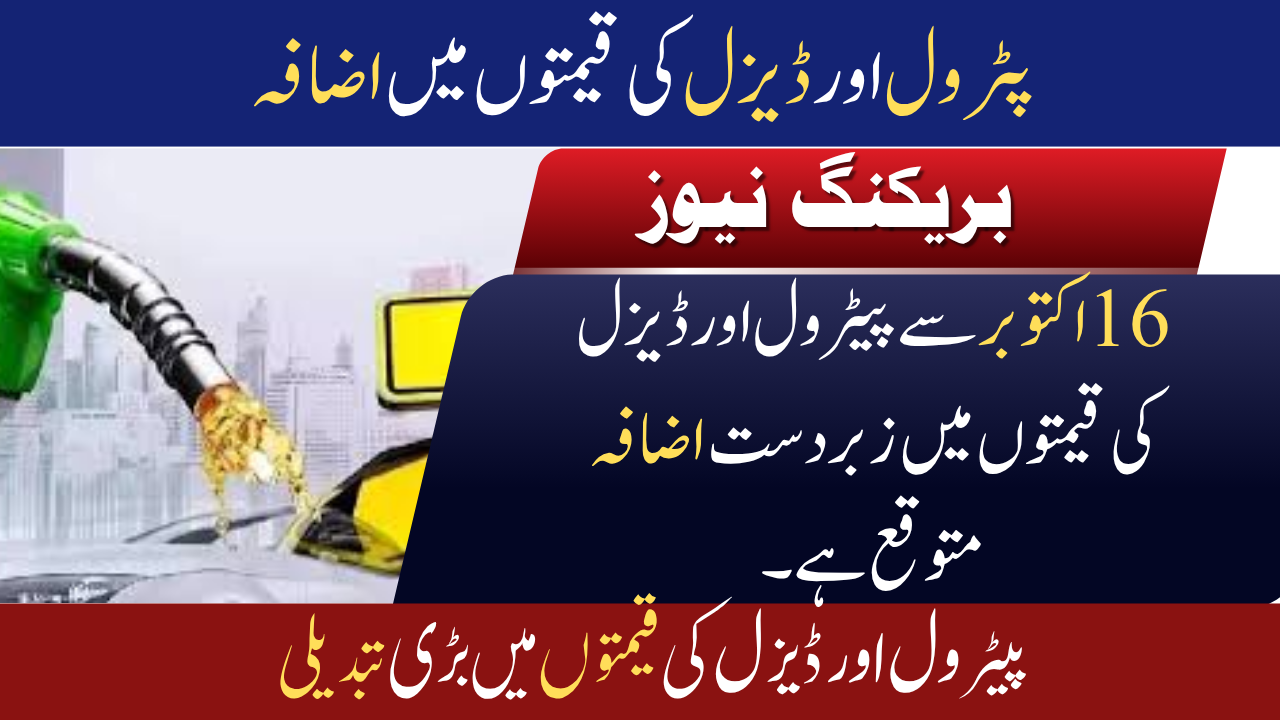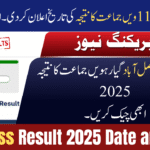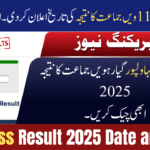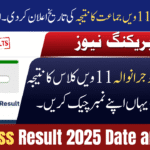Brace yourselves — fuel prices in Pakistan might be going up yet again starting October 16, 2025.
Just days after the last hike on October 1, new estimates from energy insiders suggest that another increase in petrol and diesel prices is likely. With global oil prices creeping past $93 a barrel and the rupee still struggling, it’s not looking too great for our wallets at the fuel pump.
Current Petrol and Diesel Prices
| Product | Old Price (PKR/Litre) | Current Price (PKR/Litre) | Change |
|---|---|---|---|
| Petrol | 264.61 | 268.68 | +4.07 |
| Diesel | 272.77 | 276.81 | +4.04 |
These rates have been holding steady since the start of the month — but that might change very soon.
Expected Fuel Prices from 16 October 2025
Market watchers say that another revision is just around the corner. Here’s what the next jump could look like based on current trends:
| Product | Current Price | Expected Increase | New Estimated Price |
|---|---|---|---|
| Petrol | 268.68 | +2.21 | 270.89 |
| Diesel | 276.81 | +3.50 | 280.31 |
Note: These are projections. The final figures will come from the Ministry of Finance and OGRA, most likely on October 15, and will be effective from midnight.
What’s Causing the Price Hike?
There’s no single reason — it’s more like a mix of things all adding up:
- Global Oil Prices Are Up: Brent crude is trading over $93 a barrel, and since we import most of our fuel, that directly affects us.
- Rupee Losing Ground: Even a slight drop in the rupee’s value against the dollar makes imports pricier.
- Freight & Premiums: Shipping costs and import premiums have gone up. Plus, petroleum levies are also playing a part.
- Refinery Costs: Local refineries are adjusting prices too, due to rising operational expenses.
All of these combined push the per-litre cost higher for everyone.
What This Means for You
Unfortunately, it’s not just about what you pay at the pump. Higher fuel prices ripple through everything:
- Transport fares could go up (again)
- Delivery and logistics costs are likely to rise
- Everyday essentials might get more expensive
- Middle-income families will feel the squeeze most
According to some economists, if fuel prices keep climbing unchecked, inflation could easily hit 28% or more. That’s… concerning.
Any Relief from the Government?
Well, sort of. Officials from the Finance Ministry have said they’ll try to “adjust prices with public interest in mind.” But Pakistan’s ongoing commitments to the IMF mean there’s limited space to offer big subsidies or cut levies.
In short, unless there’s a major policy shift or oil prices drop globally, we’re likely to keep seeing small-but-regular price bumps.
A Quick Look at Fuel Price History (Sept–Oct 2025)
| Date | Petrol | Diesel | Change |
|---|---|---|---|
| 01 Oct 2025 | 268.68 | 276.81 | +4.07 / +4.04 |
| 15 Sep 2025 | 264.61 | 272.77 | No Change |
| 01 Sep 2025 | 259.92 | 268.00 | -2.10 / -1.50 |
| 16 Aug 2025 | 262.02 | 269.50 | +3.00 / +2.50 |
So over the last 2 months, petrol prices have gone up by almost Rs. 9/litre — and diesel’s close behind.
In a Nutshell (Feature Summary)
- Petrol likely to rise to Rs. 270.89/litre
- Diesel could reach Rs. 280.31/litre
- New prices effective from: October 16, 2025
- Reasons: Global oil hikes, rupee depreciation, rising import costs
- 📣 Official announcement: Expected late on October 15 by OGRA/Finance Ministry
FAQs
Q1: What’s the current petrol price?
Rs. 268.68/litre (as of October 9, 2025)
Q2: When are new prices coming?
Midnight on October 15, effective from October 16.
Q3: How much increase should we expect?
Petrol: around Rs. 2–3
Diesel: Rs. 3–4 per litre (estimated)
Q4: Why are prices going up again?
Because of higher global oil prices, a weaker rupee, and more expensive imports.
Q5: Can the government lower prices?
Only if they reduce taxes or offer subsidies — but that depends on the IMF program and economic space.
Final Thoughts
Fuel prices in Pakistan seem to be on a steady upward slope. While the government promises to keep the public in mind, the reality is that global economics, currency strength, and policy constraints are driving much of what we’re paying at the pump.









